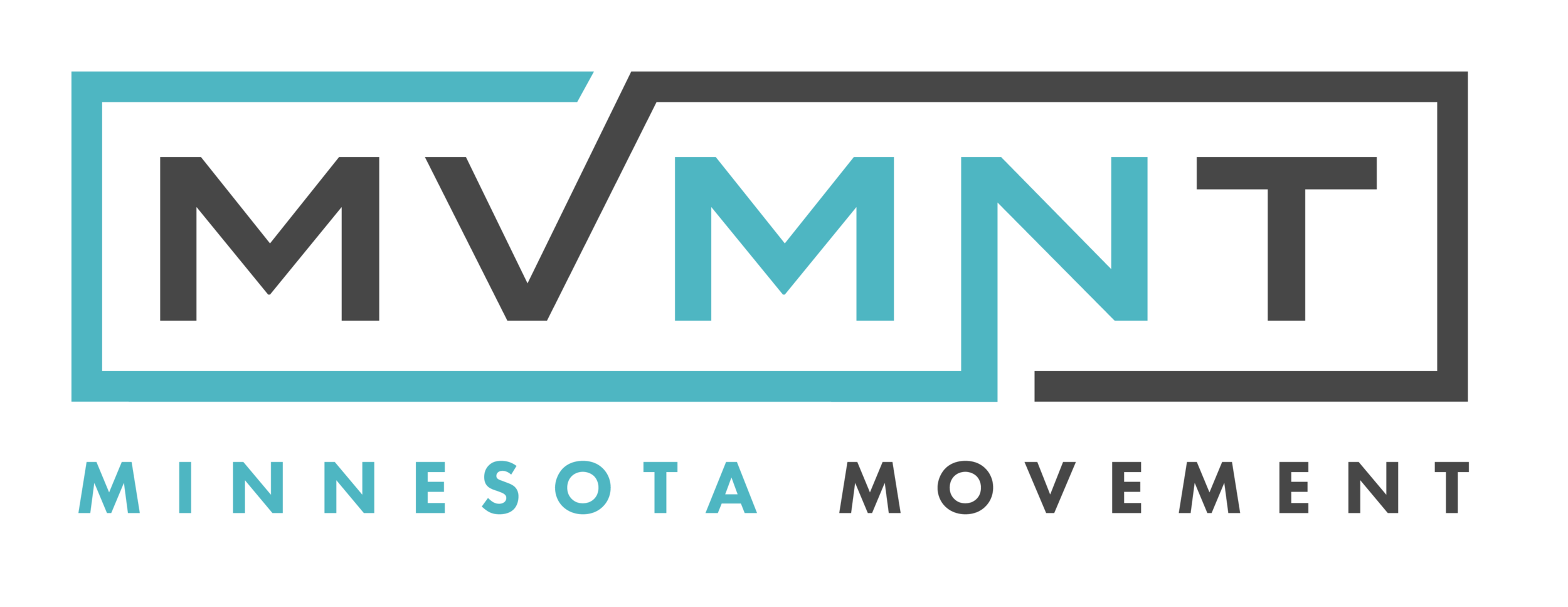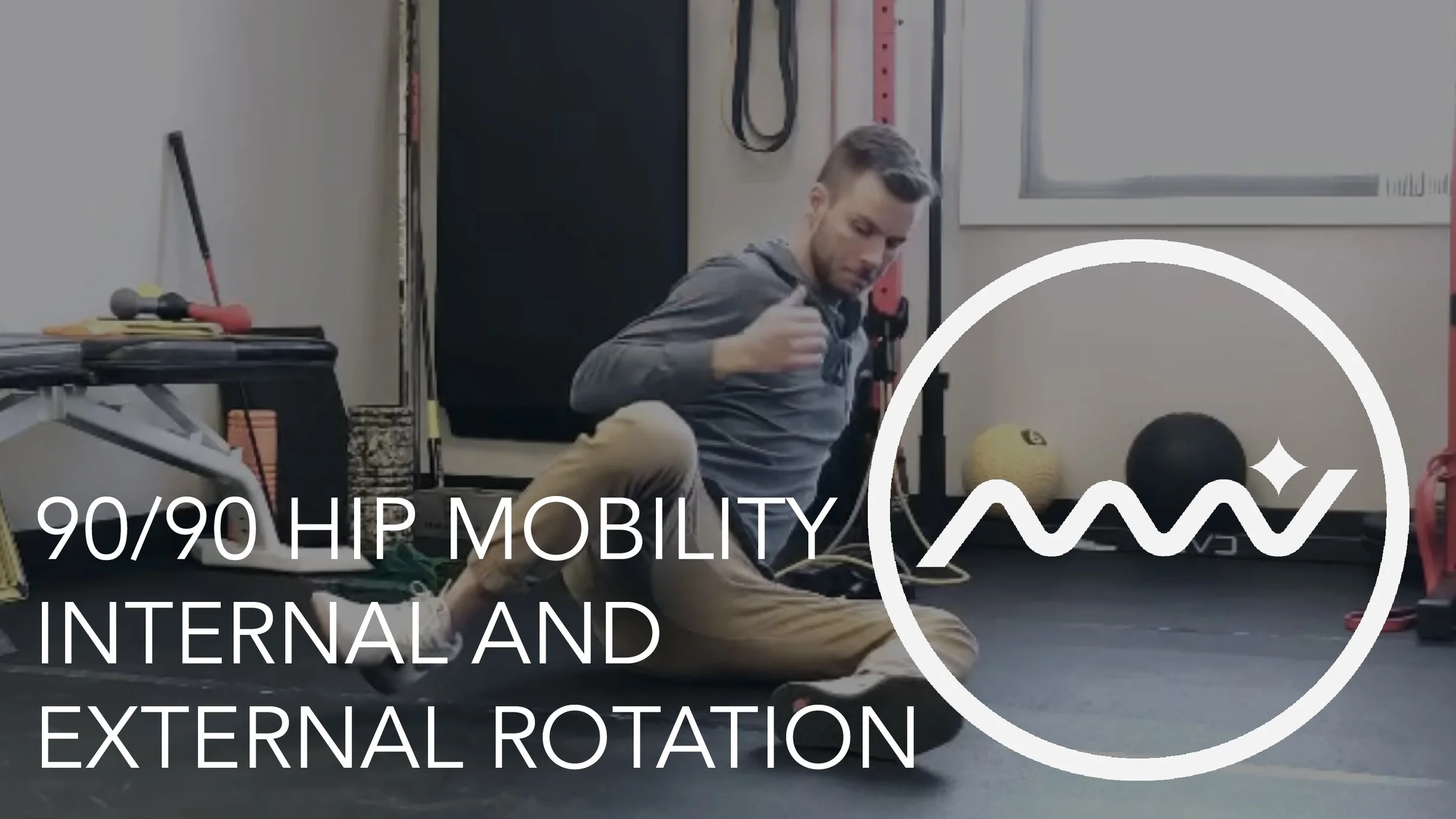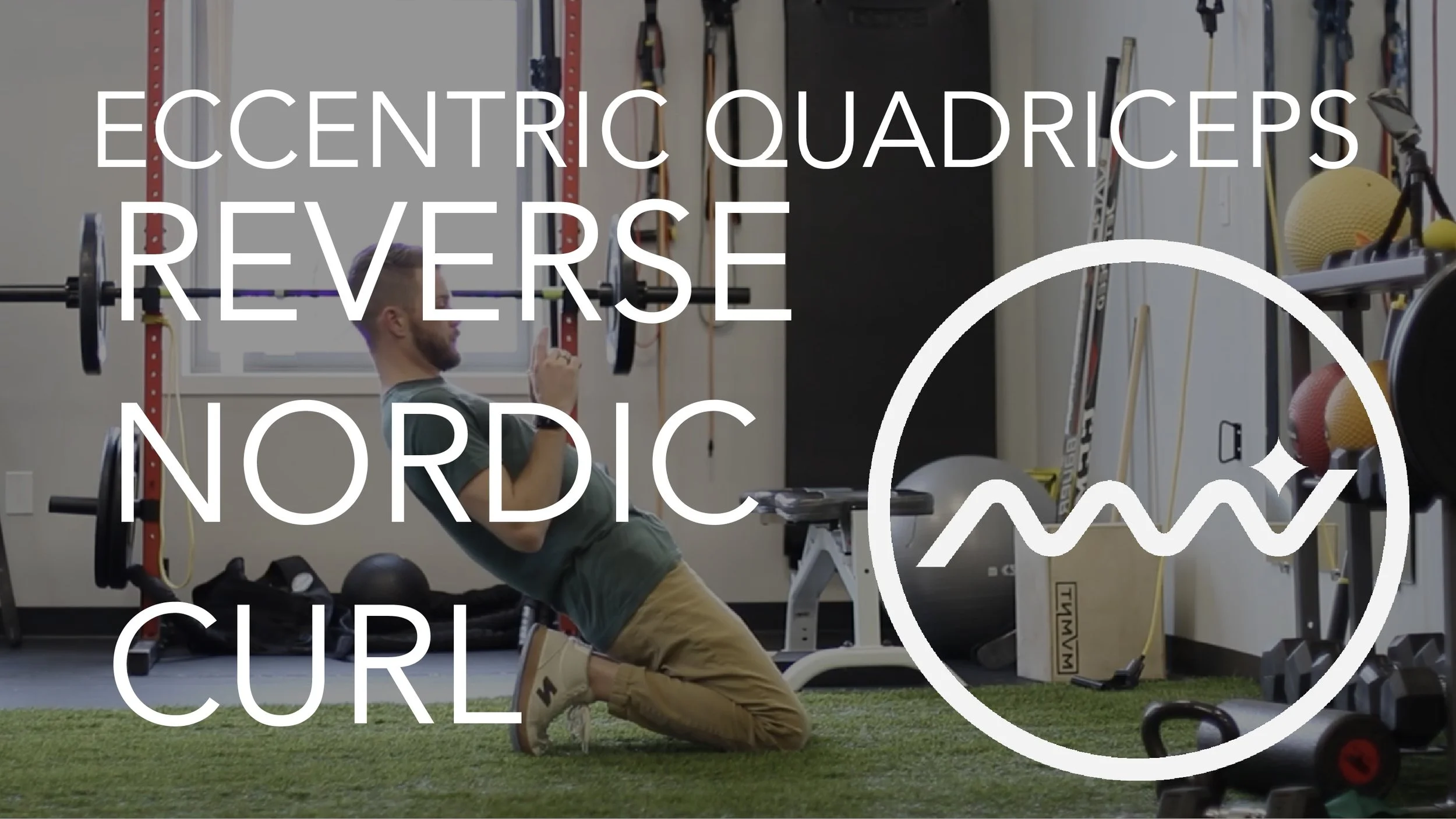Hip Pain
Exercises
Finding the intricate balance between internal and external rotation of the hip is a battle.
Love this flow as an exploration throughout a good portion of the capable range.
We start in an Internally Rotated position of the hind hip and bring it all the way through abduction and external rotation, then back.
Regression / Opportunity for Growth.
My hips are awful. It’s something I’ve been working on a lot lately.
That being said, my external rotation is getting better and I’m almost to the point of being able to do a 90/90 range unassisted with my arms.. almost.
I use my hands, and it’s too easy.
I take my hands off, and I fall.
Insert a lightweight band for assistance.
I love playing around with movement. Even more so than that I love when athletes let me play around with movement so that we can actually find a strategy that their system finds useful.
Shown here are two variations of FRC's 90/90 position for hind leg internal rotation.
I’ve seen far too many people hunk foam rollers this last week or so to not address the issue.
If you’re crying and cursing while trying to relax the tissue (which is our intent) then I think we’re missing the boat.
Rather, try this.
Scan for a tender spot.
Pause on it.
Lengthen the tissue.
Essentially we’re thinking of pinning that tissue between a rock and a hard place and *neurologically* telling it to chill out.
Rotation / With great power comes great responsibility.
Athleticism lives in the transverse (rotational) plane.
Kicking. Throwing. Hitting. Swinging. Heck even running!
Yes, these are powerful movements that happen with rotation. But...
We’re only as powerful as we’re able to control. That’s the responsibility portion.
Working on anti-rotation is equally as important as rotation.
90/90 variations are my go-to for working towards more hip mobility.
The examples shown here are a decent place to start for working with the lead leg on external rotation ROM.
I love when things appear easy in concept but are truly difficult to do.Insert these Shin Box Get-ups.The slower you go (the more intent you give) the more difficult they become.Slow is smooth. Smooth is fast.
If you have pain in your hip or low back; these videos for mobility and strength are for you. Whether you struggle with Sciatica, Lumbago, Piriformis Syndrome, Cluneal Nerve Entrapment, Herniated Discs, or SI Joint Pain - there’s an exercise video on this page for you!
Reverse Nordic Curls / The best you never knew you never needed.
“But I have tight hip flexors!”
Cool. Here’s your gold star. ⭐️
That doesn’t mean we can’t build motor control over their ranges while improving the length/tension relationship. Which, in turn, will improve on their tautness.
Altering a hinge pattern for rehab or sport specific performance should be fun, interesting, and challenging both physically and cognitively.
Shown here is a simple three-step progression of a Tall Kneeling Thruster:
1. Dual Legged - get your booty to your heels and explode. Feel your big toes digging into the floor to start the power (that's for you @gaithappens) and get tall to finish.
2. A-March - Opposite arm and leg drive the power here. Hip flexor drive married with glute drive is key to athleticism in any sport.
3. Get Up - Full explosion from the floor to a 'ready' stance. Combining all of it together to be prepared to react to your opponent, even if your opponent is life.
Much like any movement - there's little bits of quality that we can key in on to reap the greatest benefits.
Monster Walks often falter in a few ways:
1. Screw your knees out
2. Load with your plant leg
3. Lead with your knee vs. your foot
Frontal plane stability (right to left tilt) can be a huge leak for a lot of runners.
So if we’re drifting into the frontal plane we’re not only risking over-use/dis-use injury but also losing efficiently. This equates to less performance (pace/power/etc)
Lateral musculature needs more PROACTIVE control vs. REACTIVE twitch/spasm.
When it comes to adding this control we look towards small isometric and eccentric movements like the one shown here.
Rinse and repeat. Two sets of a million.
Here, I am keying in on a hip flexor mobilization VIA Gluteal engagement. These antagonist groups need balance and synergy.
By doing this eccentrically with an isometric hold, we’re driving neural safety and myelination.
Quality over Quantity. Focus on pure Glute extension to hold you here - not opposing quad. Only go as low as you can maintain this quality.
It's okay if your Hamstrings are tight. Yep. I said it. And it's true. Sometimes. It all depends on when and why! I guess now that we're asking questions.. it also depends on WHAT? Sometimes our Adductors and Hamstrings have very similar movement roles. This "sum is greater than the parts" idea allows us to work them both with this Cossack Squat.


